Research
1 Reproductive Immunology and Perinatal infections.
Mammalian fetuses are semiallografts within mothers because of the presence of paternal HLA antigens. Therefore, immune escape mechanisms employed by the fetomaternal unit are essential for their survival. The failure of maternal immunological tolerance often causes pregnancy loss and complications. On the other hand, both mothers and their fetuses must cope with infectious pathogens. In most cases, microbes cause some insults on both mothers and fetuses but some parasites manipulate maternal immune system for survival of themselves and fetuses; their possible hosts in future. The risk of maternal infection during pregnancy on fetuses and newborns are often unpredictable. Thus, we can understand maternal-fetoplacental and microbial responses as insoluble three-body problems.
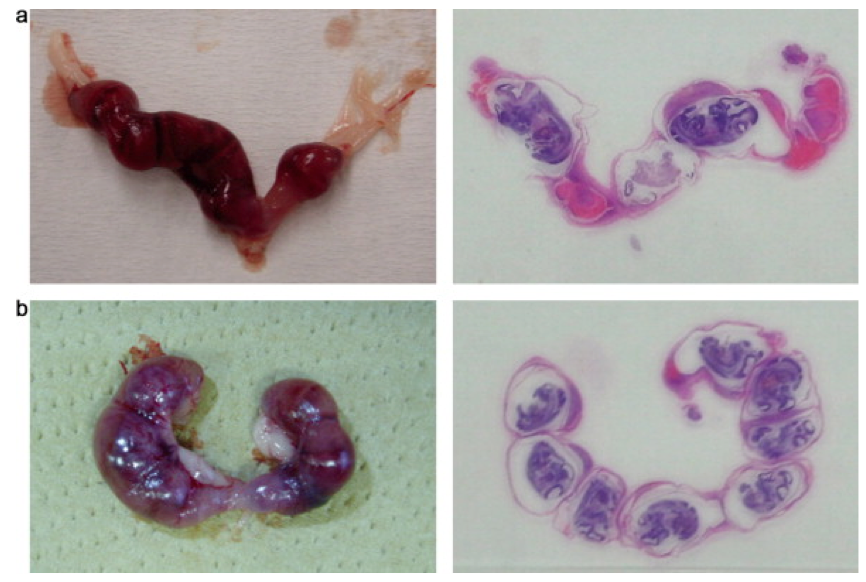
Komine Aizawa et al. J Reprod Immunol. 2011 Dec;92(1-2):21-6
We also study the interaction between vaginal microbiota and epithelial barrier functions. If the barrier is disrupted, acquisition rate of sexual transmitted infections such as HIV will increase. Therefore, we investigate the protective roles of vaginal Lactobacillus and pursue the possibility of probiotic approcation.
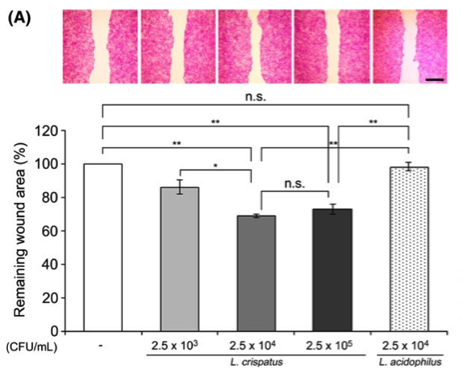
Takada K. et al. Am J Reprod Immunol. 2018 Sep;80(3):e13027.
2 Research for next generation of HIV/AIDS and Tb vaccines
Although anti-retroviral has been contributed for therapy of HIV/AIDS, effective vaccine has been expected for their controls. We have been studied prime-boost immunization with gene-based vectors, which we have developed to generate more effective vaccines for AIDS and tuberculosis. These vectors elicit potent T cell responses, the mechanisms by which they stimulate immunity are not well understood. Cellular and humoral immunity play important roles in control of a broad spectrum of HIV, and realistic goal of a preventive vaccine may be to limit infection of the pathogen by inducing the host to mimic the immunological phenotype of controllers. \for example, following vaccination, T cells directed against processed immunodominant peptides provide effective immune response against HIV-1 infection (Figure). However, the degree of immunodominance and the variation of response elicited by vaccination is not yet well understood. Therefore, critical issues of effective vaccine development require further understanding of vaccine-induced pathogen-specific T cell immunity in both animal models and in human infection. Current vaccines containing an HIV-1 heterologous envelope protein and BCG secretary protein have been tested in animals and humans. In this research, we conduct detailed prospective study for the generation and role of the distinct CD8+ and CD4+ T cell populations in gene-based vaccine, and discuss their significance with regard to the TCR-mediated recognition of nonamer and decamer peptides bound to MHC molecule.
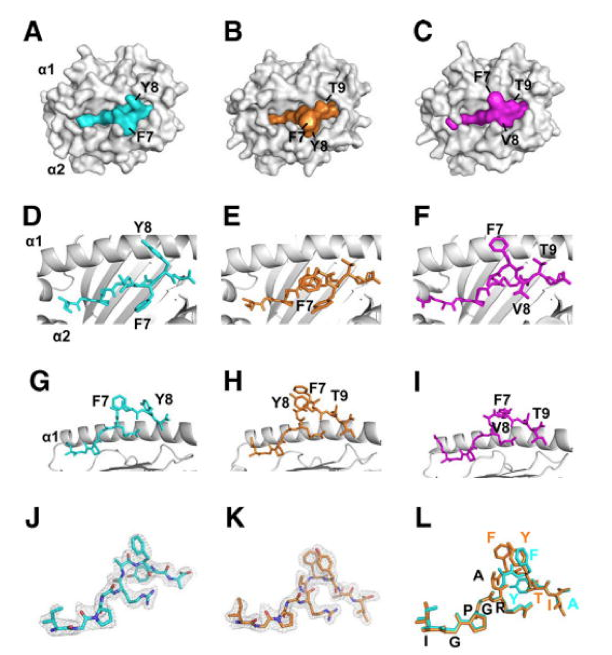
Honda M et al. J Immunol. 2009 Aug 15;183(4):2425-34
3 Investigation of microbiota in gastrointestinal tract
In the gastrointestinal tract, over 1000 kinds of microbes settle. Dysbiosis of microbiota appears to be associated with obesity, inflammatory bowel disease, and other various diseases, and have received increasing amounts of attention. We investigate the gastrointestinal microbiota with individuals with severe motor and intellectual disabilities, and pediatric patients with orthostatic intolerance. We also evaluate the effect of Helicobacter pylori eradication therapy on the microbiota, collaborating with the department of Gastroenterology.
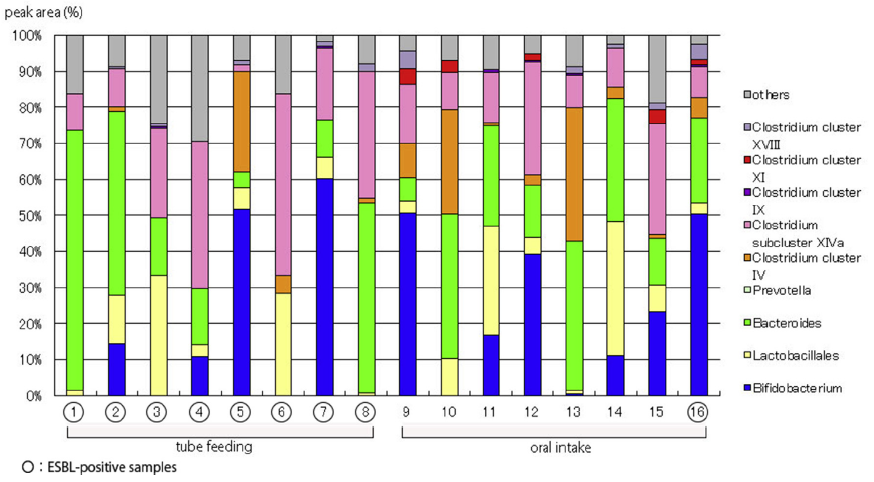
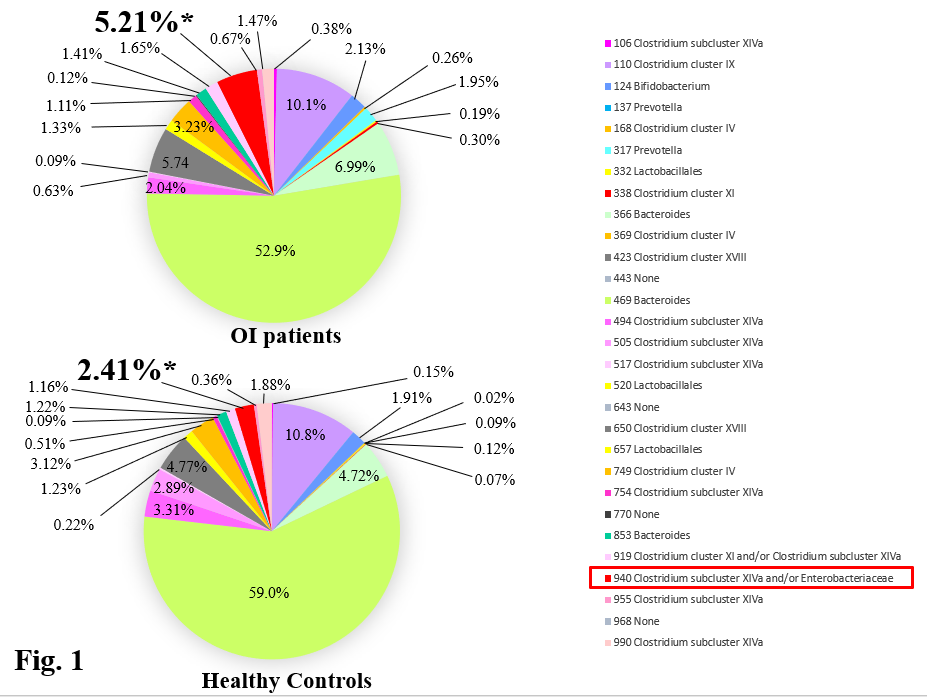
Left: Takano C, et al. J Infect Chemother. 2018 Mar; 24(3): 182-187.
Right: Ishii W, et al. Prim Care Companion CNS Disord. 2019 Apr 11;21(2).
4 Research of viral gastroenteritis from a new point of view
- Collaboration with Asian researchers -
Viral gastroenteritis caused by rotavirus, norovirus and so on, is one of the most important public health problems worldwide. We have conducted the molecular epidemiological study of diarrheal viruses for long period of time and have originally developed several diagnostic methods (immunochromatography, multiplex RT-PCR, and so on) for detections of these diarrheal viruses. For the collaborative researches on the diarrheal virus studies with researchers in Japan and other countries, we are currently studying on the vaccine development, antiviral agents, as well as co-infection with bacteria and other viruses.
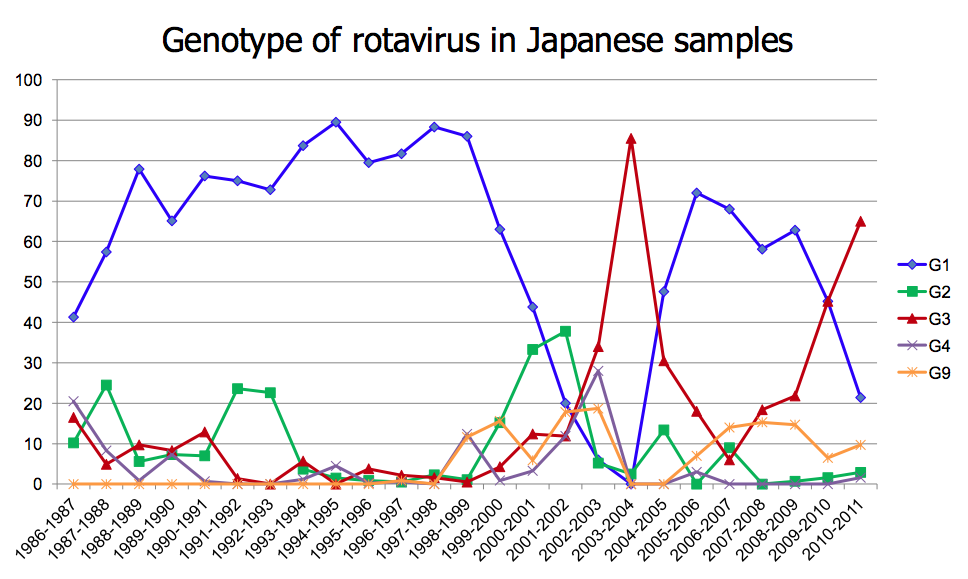
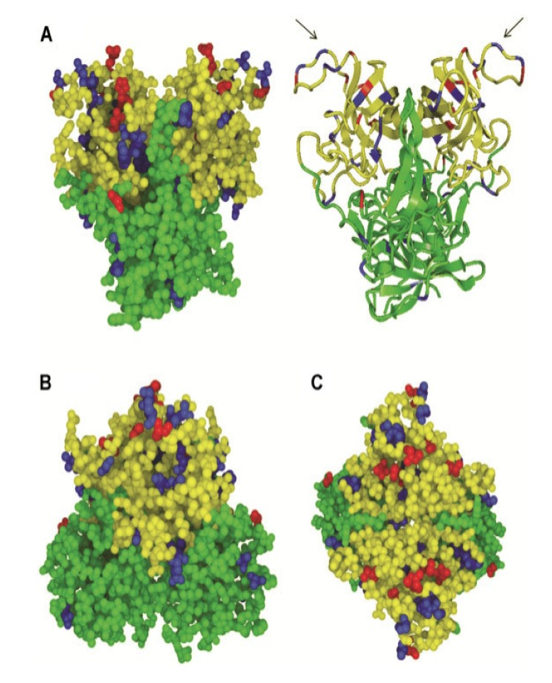
Left Thongprachum A. et al., Infect Genet Evol., 13: 168-174, 2013.
Right Chan-It, W., et al., J Med Virol., 84: 1089-1096, 2012
5 Appropriate use of antimicrobial substances and prevention of drug resistance
From the discovery of Penicillin by Sir Alexander Flemming, many physicians became optimistic to control infectious diseases by antimicrobial agents. However, in the later half of the 20th century, microorganisms that have acquired resistance to drugs through a variety of mechanisms have emerged and continue to plague human beings. We are making international multi centric surveys of antimicrobial drug resistance in Japan and other Asian countries especially on maternal-fetal HIV infection and surgical site infections in OB/GY interventions.
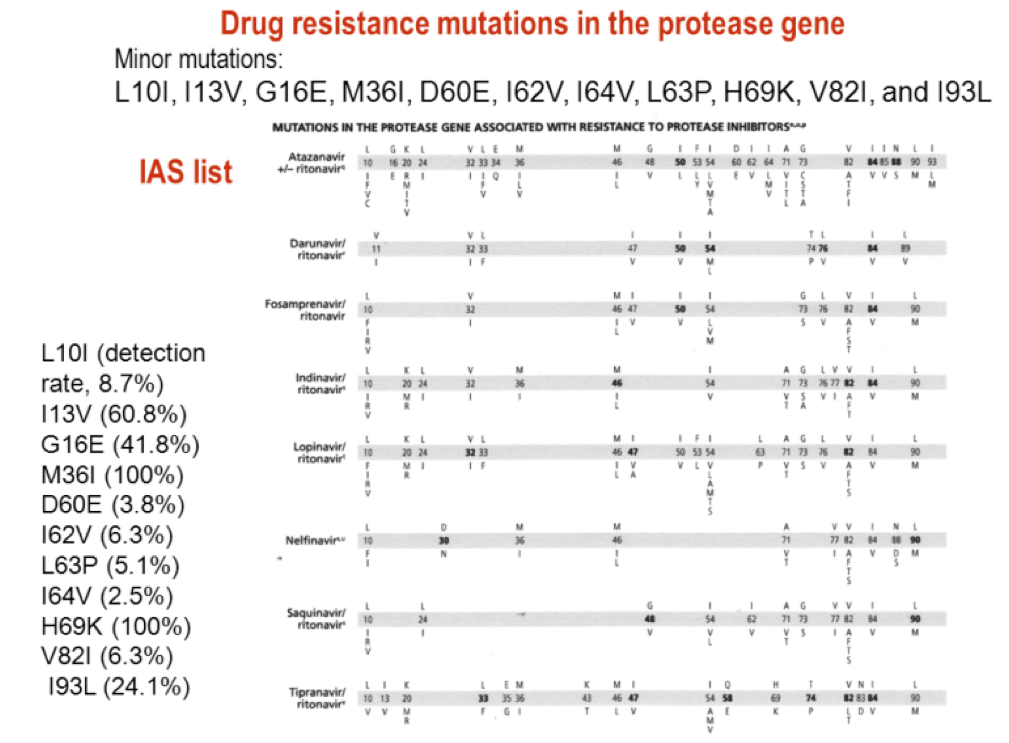
Trinh QD et al., AIDS Res Hum Retroviruses. 2012 Oct;28(10):1305-7.
6 Medical analysis of fine arts
It is possible to make medical diagnosis of historical persons on their biography and contemporary records. In addition, we can make medical speculation on our observation of the portrait, following in the best tradition of Sherlock Holmes, with careful attention to detail. We published some of our findings on Rembrandt masterworks on 2006 the Rembrandt year. Our survey is still on going on both Japanese and Western portraits especially on infectious and autoimmune diseases.

Hayakawa et al.Med Hypotheses. 2007;68(4):906-9






